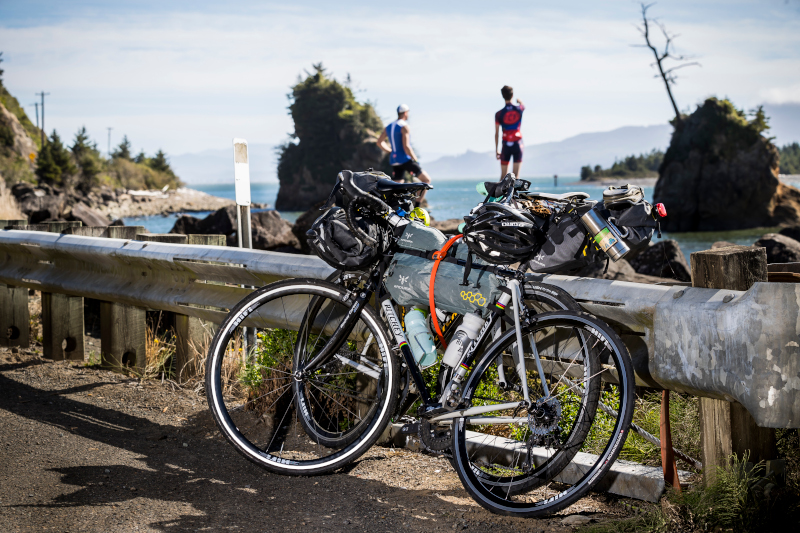When the days get longer and warmer again in spring, the time has come to prepare your bike for the next season. After a long winter, you should perform a detailed spring check on your bike. In this guide, we’ll show you everything you need to know for a spring bike check.
If you didn’t clean your bike before wintering, now is the time to give it a good cleaning. First brush off any heavy dirt from the frame and wheels. Then wash the bike from top to bottom with a warm soapy water, a brush or a sponge. When you have removed all dirt, you should rub the wheel dry with a soft, absorbent cloth. For the following work, place the bike on the side or rear stand or, even better, on an assembly stand.
Oil chain, gears and other moving parts on the bike
Once you have thoroughly dried the bike, you should oil all moving parts including the chain and rear derailleur. The oil protects the chain and sprockets from rust and ensures that the rear derailleur can move smoothly.
Bike Lock for your bike tours do not forget
If you oil your bike, then you should not forget the Bike Lock. Here, too, a drop of oil can be very helpful. By the way, ottolock, the lightweight bike lock is an ideal companion on any tour. It fits in any pocket or you can attach it to the bike frame with the mount holder. If you are really sure, you can buy a Hexband and Sidekick U-lock. Most thieves shy away from this combination and look for easier prey.
Check screw connections
Before setting off on your first ride of the new year, you should always check all the bolted connections on your bike. For example, the attachment of the shifter on the handlebar, the bolt on the stem, the axle bolts or the bolt of the seatpost. For sensitive components made of carbon or aluminum, you should use a torque wrench to retighten the bolts and nuts and do not exceed the torque specified by the manufacturer.
Check brakes on the bike
First check the brake pads. If you can no longer see any transverse grooves on the pads of rim brakes, you must replace the pads. Adjust the brakes so that you have only a few millimeters of play when operating the levers before the pads are pressed against the rim or the brake disc. You should also oil the brake cables a little.
Check circuit
With a hub gear you should check the smoothness. With derailleur gears, you should check whether the derailleur moves smoothly from the smallest to the largest sprocket and vice versa. If necessary, you must adjust the Bowden cable on the shift lever.
Check bike lighting
If you want to use your bike on public roads, it must of course have lighting that complies with the road traffic regulations. Check the functionality of the lighting before you start the spring with your bike. If you have battery-powered lighting, you should fully charge the battery before your first ride.
Check tires and air pressure
To complete the spring check on your bike, you now only need to check the tires and the air pressure. Do the tires still have enough profile or do you need new tires for optimal driving safety even on wet roads? If the profile is okay, check the air pressure in the tires. If the air pressure is too low, pump up the tires. The maximum air pressure in the tires is indicated on the side of the sidewalls. This completes the spring check on your bike.

